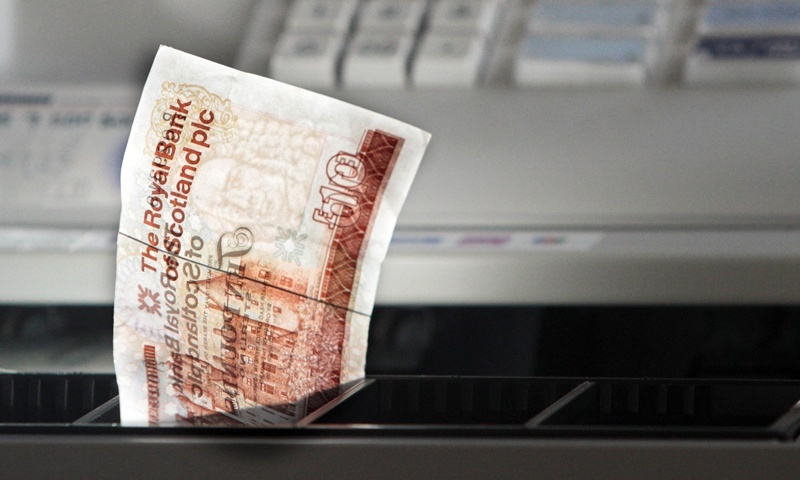“Will Madam be paying in euros, sterling or with the Scottish groat?”
As questions go knowing how we will pay for things in an independent Scotland is a pretty important one.
At one time the Nats were all in favour of the euro, but the shine has gone off that of late and these days they want to stick with good old sterling.
Sharp intake of breath from the Chancellor who on Tuesday reckoned he wasn’t at all sure that little ol’ independent Scotland would be allowed to keep it, and even if it could, there would be a very high price to pay for the privilege.
By pure coincidence the Scottish Government came out on the same day with a report saying that sterling would be the best thing since sliced bread for post-indy Scotland, and they can have it if they want it.
No surprises there then.
Of course, the spat is not really about currency at all vital though that question is it is about politics.
George Osborne’s bottom line is that if independent Scotland wants to keep sterling, then the English Treasury would have to approve the Scottish budget.
It seems to me that it would hardly be worth having independence if the price was to be lashed to the fiscal and financial system of a foreign country.
The fact that that foreign country England is ten times bigger than me and may not like me very much at times makes the proposition even less appetising.
The flip side is why wouldn’t an independent England want to have a good neighbour and trading partner to the north on the same fiscal wavelength?
Unless there are plans for a new Hadrian’s Wall, the boundary between post-independence England and Scotland will be non-existent so why not spend our sterling in both countries to our mutual benefit?
For those who want to keep Scotland as part of the UK, this is a cracking issue because it plants uncertainty into the minds of voters.
Anything that looks like a big leap into the unknown will stop voters saying yes in droves, even if they are relaxed about living in an independent Scotland.
People want to know what they will be paid in and what it can buy.
They want to know for sure that their savings and investments are properly backed.
George Osborne played the uncertainty card when he described any idea of defining the sterling zone to accommodate an independent Scotland as a “dive into uncharted waters”.
And while the Scottish Government can insist that there would be no problem with keeping sterling, they cannot prove it.
Nor can they prove that the euro would work or that a return of the groat would do the trick for that matter.
